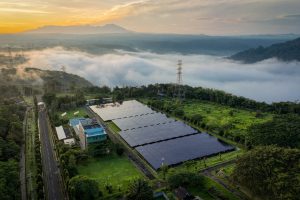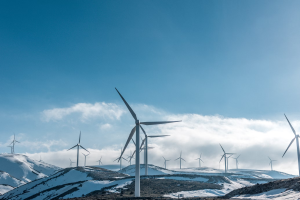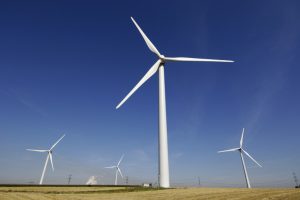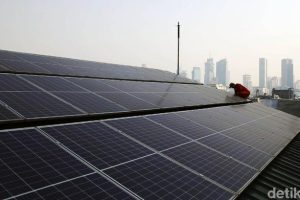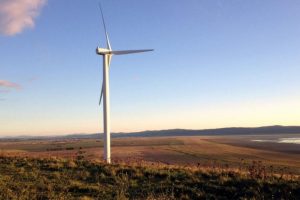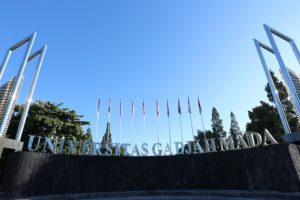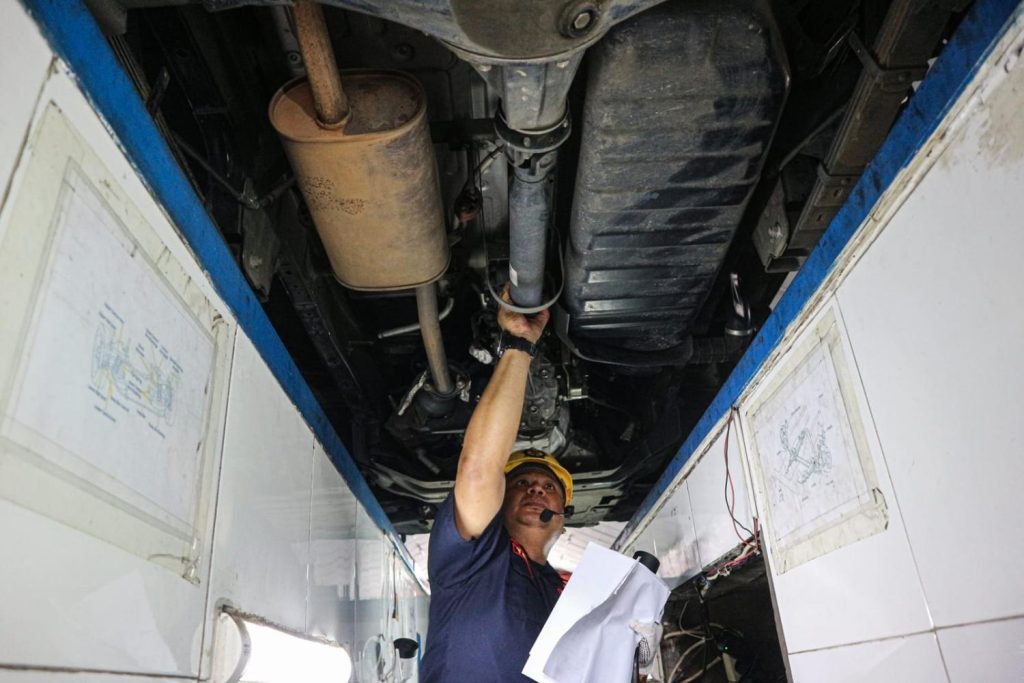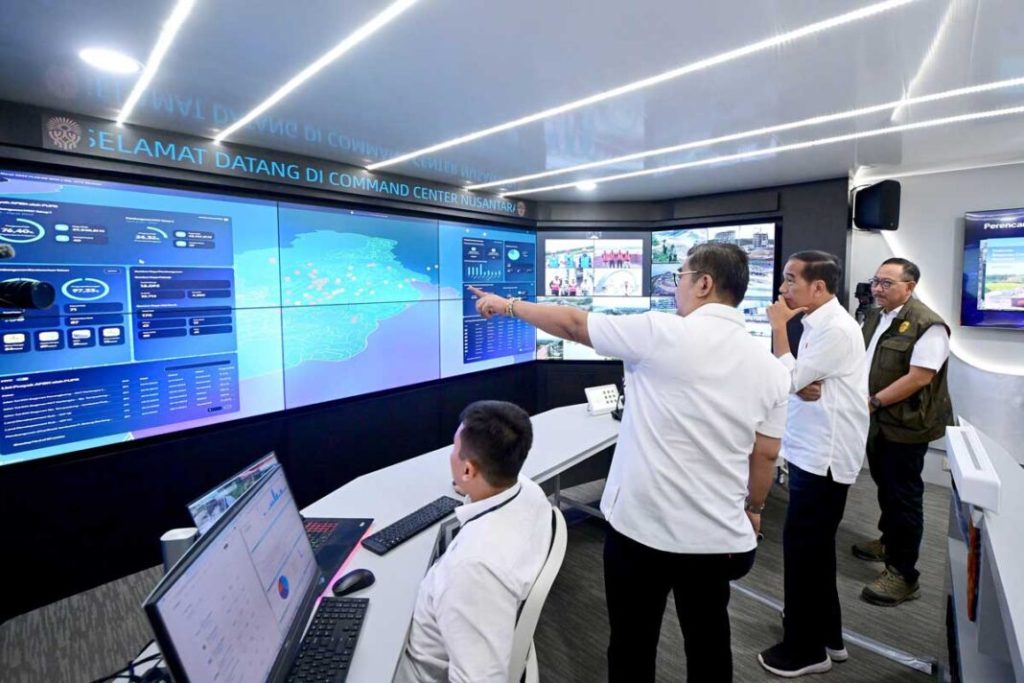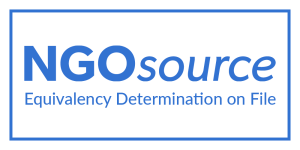For most of the countries, the dynamic of the economic growth and energy consumption have fluctuated at the same time. It’s also happened in Indonesia, where GDP and final energy consumption have a trend that is increasing simultaneously (Figure 1). Energy has an important role in economic activity because it is one of the drive factors of economic development activity, such as fuel of transportation, production process in the industrial sector, drivers of economic activities in the household sector, and others. From the Figure 1, we can see that the economics of Indonesia runs dynamically, as well as energy use, and all sectors need the energy to support their activities. It can be concluded that if there is increasing national economy, the energy use will also increase.

Figure 1. GDP and Energy Consumption Growth. (Source: World Bank and MEMR, 2018)
Currently, Energy use in Indonesia is still dominated by fossil energy, while it is not clean and non-renewable. Fossil energy use in the long term will have a negative impact on climate change. Moreover, energy use in Indonesia is considered no efficient, this is based on the value of energy intensity in Indonesia is still high. To resolve this problem, the government has committed to reducing the energy intensity of 1% per year between 2005 and 2025, and energy saving of 15% in the commercial sectors and households (Government Regulation No. 79/2014 KEN). The government’s commitment could serve as a booster to reach the target 7.3, which is “By 2030, double the global rate of improvement in energy efficiency” (UN, 2018).
Energy intensity is an indicator that could be used for measuring the energy consumption of economic sectors to perform their production activities (Statistics Indonesia, 2018). This indicator indicates the amount of energy needed to produce one unit of output. The higher value of energy intensity shows that those industries use energy less efficiently in producing their product. While energy elasticity is a value that indicates how many levels of energy growth needed to offset an increase in activity levels.
The intensity of final energy consumption per capita of Indonesia in 2017 is 3.54 BOE per capita. For 17th years, the intensity of final energy consumption per capita in Indonesia showed an increasing trend. Even though in 2012 to 2016, the intensity of final energy consumption per capita is declined from 3.79 BOE per capita to 3.15 BOE per capita, but in 2017 it increases again to 3.54 BOE per capita, it shows that energy efficiency efforts to reduce energy intensity haven’t been running consistently.

Figure 2. The Intensity of Final Energy Consumption per Capita (Source: Handbook of Economic Energy MEMR, 2018)
Generally, from 2013 until 2015, the energy use of all industries in Indonesia in the production process had been more efficient (Figure 3). In 2013, to produce 1 trillion IDR of Gross Value Added (GVA), the industries needed 1.36 PJ of energy. However, the amount of energy required to produce the same amount of GVA in 2015 was only 1.08 PJ. From Figure 4, shows that the most intensive sectors in energy use was the transportation sector and followed by the industry sector.

Figure 3. Energy Intensity by Industry and Household (Source: Statistics Indonesia, 2018)
Moreover, if we do a breakdown of energy intensity in Indonesia, the transportation sector is the most intensive sector using energy. The high energy intensity of the transportation sector, it is assumed that transportation in Indonesia is dominated by private vehicles. At the sometime, intensity of the transportation sector declined, namely in 2006 and 2014. This happened because in 2006 and 2014, the government issued a policy of raising fuel prices. Thus the index of energy intensity of the transportation sector decreased. Similar conditions are also found in the industrial sector, when the government eliminated fuel subsidies in the industrial sector in 2004 made the industries save energy, thereby reducing energy intensity until 2005. Then, there was a tendency to decrease energy efficiency until 2011 which might be influenced by several things such as inefficient technology.

In terms of policies that encourage the implementation of energy efficiency, ASEAN Center for Energy (ACE) has reviewed the readiness of ASEAN member states for implementing energy efficiency. Indonesia is one of the countries that have the complete legalization of energy efficiency among other ASEAN member states (Table 1). Indonesia is also one of the countries that first formed the energy conservation laws and regulation, after Malaysia. While Cambodia is a country that is still in the stage of preparing a national plan for energy conservation policy.
Table 1. Efficiency Energy Legalization Framework (Source: ASEAN Center for Energy, 2015)
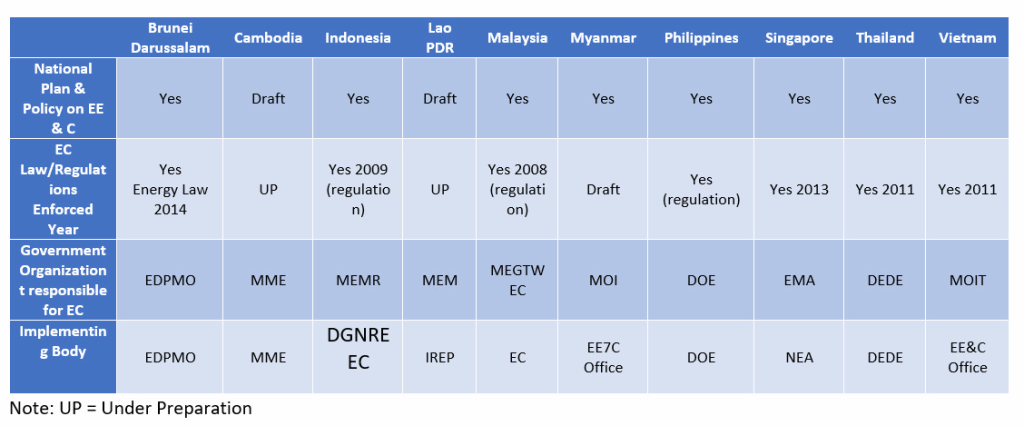
Based on the results of observations, Indonesia is the first country that is prepared to implement energy efficiency compared to other ASEAN member countries. Thus energy efficiency programs need to be encouraged, hence that the government’s target to reduce energy intensity by 1% per year can be achieved. The industrial and transportation sector as the energy user sector which has the greatest intensity needs to be a priority to implement energy efficiency. Because the reduction in energy intensity in these two sectors can significantly reduce the growth of energy consumption.
Bibliography
ASEAN Center for Energy (ACE). 2016. ASEAN Energy Efficiency & Conservation and Energy Trend. Retrieved from: http://kms.energyefficiencycentre.org/sites/default/files/ASEAN-Energy%20Efficiency%20%26%20Conservation%20and%20Energy%20Trend.pdf
World Bank Data: http://databank.worldbank.org
Ministry of Energy and Mineral Resource (MEMR). 2018. Handbook of Energy & Economic Statistics of Indonesia 2018. Retrieved from MEMR website: https://www.esdm.go.id/en/publication/handbook-of-energy-andeconomic
Statistics Indonesia (BPS). 2018. Report of Experimental Energy Flow Accounts Indonesia. Retrieved from BPS website:
https://www.bps.go.id/publication.html?Publikasi%5BtahunJudul%5D=&Publikasi%5BkataKunci%5D
=Neraca+arus+energi&yt0=Tampilkan
United Nations. 2018. Sustainable Development Goals. Retrieved from UN website:
https://sustainabledevelopment.un.org/?menu=1300
Rustandi, Dedi. 2017. Menakar Progres Efisiensi Energi di Indonesia. Retrieved from Library of Ministry of National Development Planning/National Development Planning Agency Library:
http://perpustakaan.bappenas.go.id/lontar/file?file=digital/166225-[Konten]-Konten%2052-62.pdf
